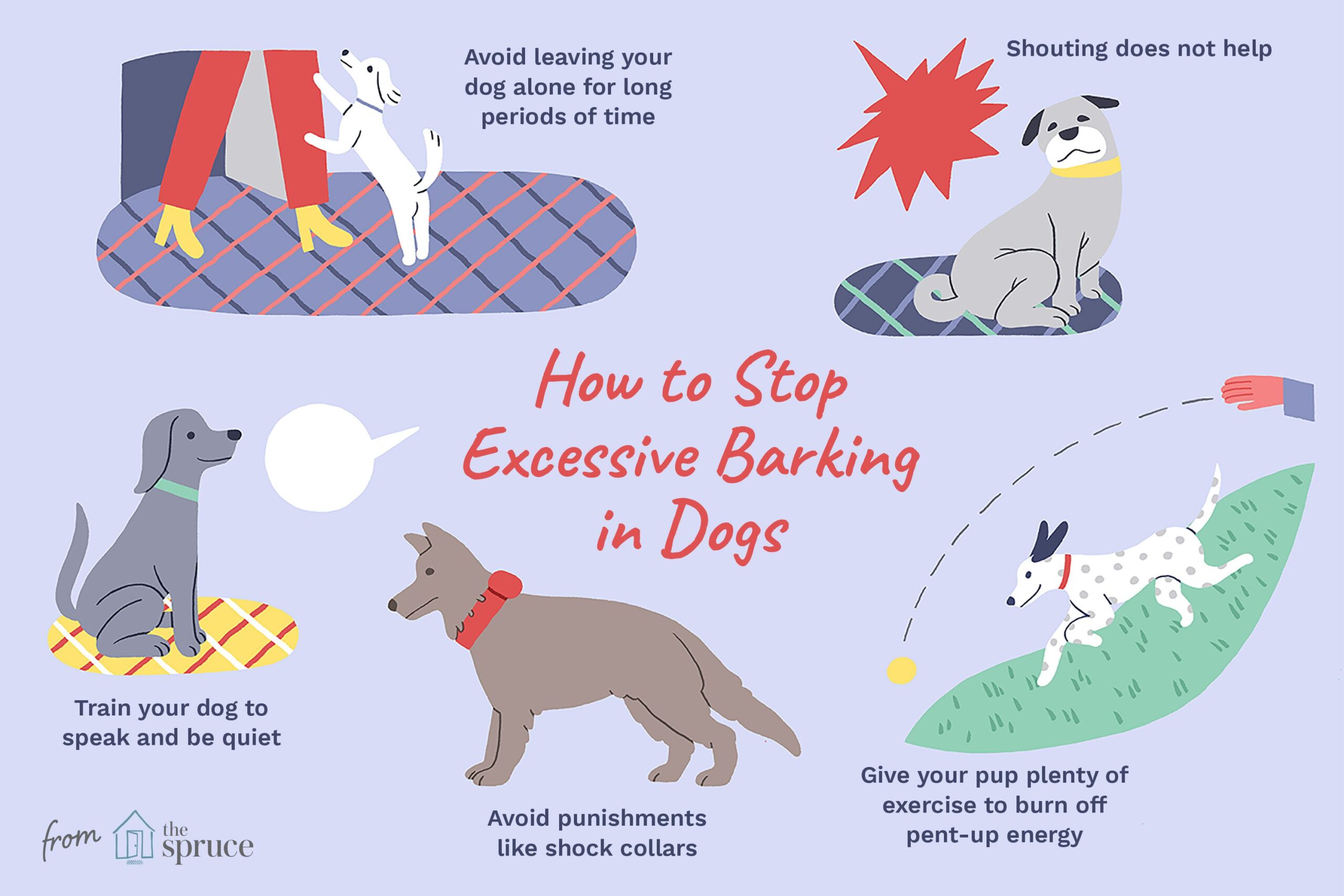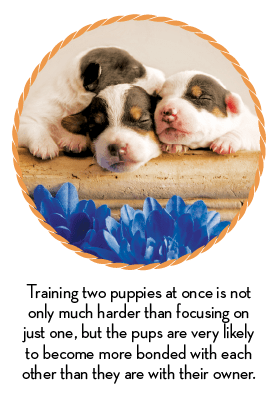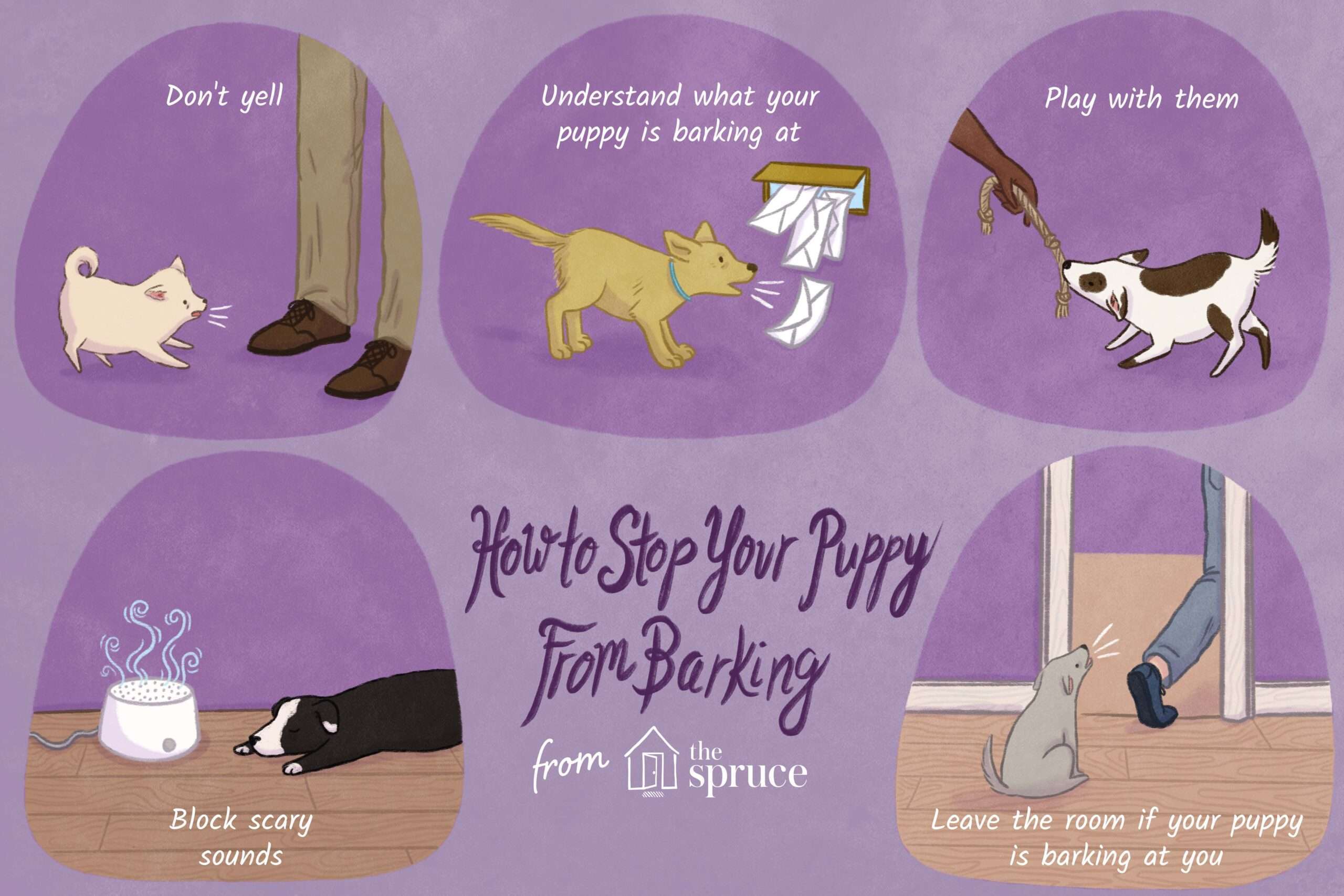Key Takeaways:
- Early socialization is crucial in preventing fear aggression in dogs. Introduce them to various people, animals, and environments to help them feel comfortable and confident.
- Avoid using punishment or forceful training methods, as they can increase fear and aggression in dogs. Instead, focus on positive reinforcement techniques to reward good behavior.
- Recognize signs of fear or anxiety in your dog, such as growling, barking excessively, or hiding. Address these issues promptly with the help of a professional trainer or behaviorist.
- Create a safe and predictable environment for your dog by establishing routines and providing them with a designated space where they can retreat when feeling overwhelmed.
- Consult with a veterinarian to rule out any underlying medical conditions that may contribute to fear aggression. They can also provide guidance on medication or supplements that may help manage anxiety in dogs.
Are you a dog lover? Do you want to ensure that your furry friend is happy and well-behaved? Then listen up, because today we're going to dive into the fascinating world of preventing fear aggression in dogs. This is not just another dog training topic - it's an essential aspect of responsible pet ownership. Did you know that fear aggression is one of the most common behavioral issues in dogs, affecting millions of pets worldwide? But fear not (pun intended), because with the right knowledge and techniques, you can turn your timid pup into a confident companion. So grab a treat and get ready to discover the secrets to preventing fear aggression in dogs - your four-legged friend will thank you for it!
Understanding Fear Aggression in Dogs: Why It's Important to Prevent
Fear aggression in dogs can be a serious issue that affects their behavior and the safety of those around them. When a dog feels threatened or scared, they may react aggressively as a way to protect themselves. This can lead to biting or other aggressive behaviors, which can be dangerous for both humans and other animals. That's why it's crucial to prevent fear aggression in dogs.
Preventing fear aggression is important because it helps ensure the well-being of your dog and those they come into contact with. By addressing fear and anxiety early on, you can help your dog feel more comfortable and confident in various situations. This will not only make their life happier but also make them safer to be around.
Recognizing Signs of Fear Aggression in Dogs: What to Look Out For
Recognizing signs of fear aggression in dogs is essential for early intervention and prevention. Some common signs include growling, barking, snapping, or lunging when faced with certain triggers or situations. These triggers could be anything from meeting new people or encountering unfamiliar objects to being placed in stressful environments.
In addition to these overt signs of aggression, there are also more subtle cues that indicate fear or anxiety in dogs. These can include trembling, panting excessively, cowering, tail tucking between the legs, or avoiding eye contact. It's important to pay attention to these signals as they can give you insight into your dog's emotional state.
Preventing Fear Aggression in Dogs Through Socialization: Tips and Tricks
Socialization plays a crucial role in preventing fear aggression in dogs. By exposing your dog to different people, animals, environments, and experiences at an early age, you help them build confidence and adaptability. Here are some tips to help you socialize your dog:
Start Early:
The earlier you begin socializing your dog, the better. Puppies have a critical period for socialization between 3 and 14 weeks of age, during which they are more receptive to new experiences. However, it's never too late to start socializing an older dog.
Gradual Exposure:
Introduce your dog to new people, animals, and environments gradually and in a controlled manner. Start with calm and friendly individuals or well-behaved dogs. Gradually increase the level of difficulty as your dog becomes more comfortable.
Reward-Based Training:
Use positive reinforcement techniques to reward your dog for calm and appropriate behavior during socialization. Treats, praise, and play can be powerful motivators that help your dog associate positive experiences with new situations.
Effective Training Techniques for Preventing Fear Aggression in Dogs
In addition to socialization, training plays a vital role in preventing fear aggression in dogs. Here are some effective techniques you can use:
Desensitization:
This technique involves gradually exposing your dog to their triggers at a distance where they feel comfortable and rewarding them for remaining calm. Over time, you can decrease the distance until your dog no longer reacts aggressively when faced with the trigger.
Counterconditioning:
This technique aims to change your dog's emotional response to specific triggers by associating them with positive experiences. For example, if your dog is afraid of thunderstorms, you can pair the sound of thunder with treats or playtime to create a positive association.
Seek Professional Help:
If you're struggling to prevent fear aggression in your dog, it's essential to seek guidance from a professional dog trainer or behaviorist. They can assess your dog's specific needs and provide tailored training techniques to address the issue effectively.
The Importance of Creating a Safe and Calm Environment for Dogs to Prevent Fear Aggression
Creating a safe and calm environment for your dog is crucial in preventing fear aggression. Dogs thrive in environments where they feel secure and have predictable routines. Here are some tips for creating such an environment:
Provide a Comfortable Space:
Ensure your dog has a designated space that is cozy, quiet, and free from potential stressors. This could be a crate, bed, or a specific room where they can retreat when they need some alone time.
Maintain Consistent Routines:
Dogs appreciate consistency and predictability. Establish regular feeding times, exercise schedules, and bedtime routines to help them feel secure and reduce anxiety.
Avoid Punishment-Based Training:
Punishment-based training methods can increase fear and anxiety in dogs, potentially exacerbating fear aggression. Instead, focus on positive reinforcement techniques that reward desired behaviors.
Managing and Reducing Fear Aggression in Dogs: Is It Possible?
While complete elimination of fear aggression may not always be possible, managing and reducing its occurrence is achievable with proper training and management strategies. By addressing the underlying fears or anxieties causing the aggression, you can help your dog become more comfortable in various situations.
It's important to remember that every dog is unique, so what works for one may not work for another. Patience, consistency, and understanding are key when managing fear aggression in dogs. With time and effort, you can make significant progress in reducing fear aggression and improving your dog's overall well-being.
Additional Resources and Professionals for Guidance on Preventing Fear Aggression in Dogs
If you need further guidance on preventing fear aggression in dogs, there are resources and professionals available to help. Here are some options:
Books and Online Resources:
- "The Other End of the Leash" by Patricia McConnell
- "Don't Shoot the Dog!" by Karen Pryor
- Websites such as the American Society for the Prevention of Cruelty to Animals (ASPCA) or The Humane Society
Professional Trainers and Behaviorists:
Consulting with a professional dog trainer or behaviorist can provide personalized guidance and support tailored to your dog's specific needs. They can assess your dog's behavior, develop a training plan, and work with you to prevent fear aggression effectively.
Remember, seeking help is a sign of responsible pet ownership, and it's never too late to address fear aggression in dogs. With the right resources and support, you can create a safe and happy environment for both you and your furry friend.
In conclusion, it is important to remember that fear aggression in dogs can be prevented with proper training, socialization, and understanding. By providing a safe and loving environment for our furry friends, we can help them feel more secure and reduce their fear-related aggression.
Can you train fear aggression out of a dog?
Your dog's fear and aggression may never completely disappear. It may take time for healing, but that doesn't mean your dog can never experience a life where they feel safe and able to trust again. The great thing about dog aggression training is that it assists in managing your dog's condition and assists them in overcoming their fears.
Can a fearful dog be cured?
Yes, it is possible for fearful dogs to improve over time with training and building trust. However, it is unlikely for them to become outgoing if they have a naturally nervous or shy disposition.
Can anxiety meds help with dog aggression?
To address aggression caused by fear, anxiety, reactivity, and impulsivity, the most commonly prescribed drugs are selective serotonin reuptake inhibitors (SSRIs) and tricyclic antidepressants (TCA), which help increase serotonin transmission.
Why do dogs get aggressive when they sense fear?
While there have been previous theories about this, the connection is often explained by the fact that dogs have a heightened sense of smell and can detect sweat, as well as chemicals like adrenaline and cortisol that are released during moments of heightened stress, anxiety, or fear.
Should you turn your back on an aggressive dog?
After successfully avoiding the situation, make sure to slowly move away from the dog. However, it is crucial not to turn your back on the dog. It is important to stay aware of the dog's whereabouts at all times, as they have the ability to approach quickly.
How long does it take to train a dog out of aggression?
In summary, if you are committed and attentive, it typically takes around 3-8 weeks to successfully change your dog's behavior. It is important to remember that every interaction with your dog is a form of training, as they are constantly learning. This information was provided on September 25, 2017.

















